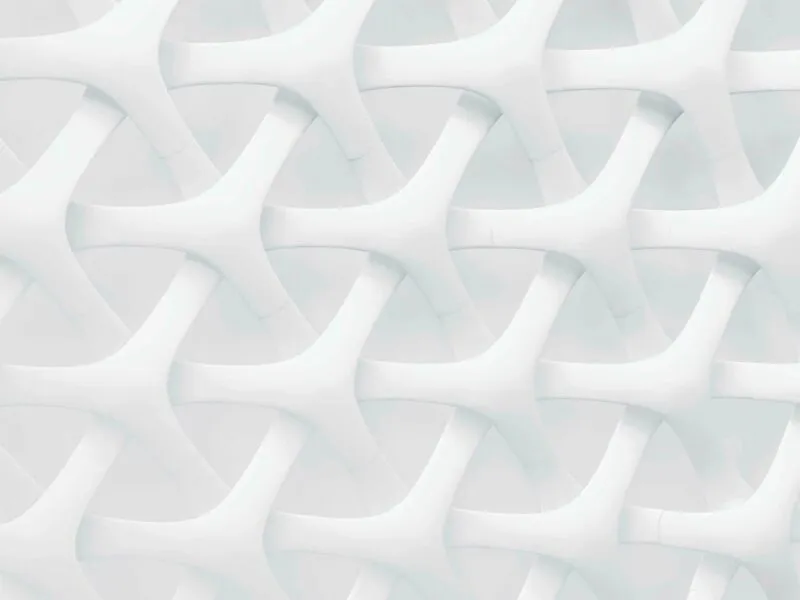Clinical trials: a risky step on the patenting path
Clinical trials are a costly and risky business. Especially so when a new pharmaceutical substance is being evaluated.
Clinical trial phases
A de-risking strategy is typically followed for clinical trials. In particular, trials are conducted in a series of phases, whereby results of each phase and availability of funding determine whether to continue. Phase I is typically the least demanding in terms of time and resources, and primarily evaluates the safety of an active substance in healthy subjects. In Phase II the shift is to efficacy evaluation of the substance in about 100 to 300 patients having the investigated disease or condition, with a significant burden on both the patients and the investigators. The investment of time, resources and costs grows further in Phase III, in which the number of subjects increases up to about 3,000 to test safety, efficacy, different dosages, and other properties of the investigated active.
Clinical trials risk
In a comprehensive review of risk, in “Estimation of clinical trial success rates and related parameters”, (Chi Heem Wong, Kien Wei Siah, Andrew W Lo, Biostatistics, Volume 20, Issue 2, April 2019, Pages 273–286), it was found that only 13.8% of all drug development programs eventually lead to approval. Of course, without approval, there can be no commercialisation of the underlying substance to return the investment.
Patenting activity
Despite the high failure rate, a very high proportion of substances will be subject to patent protection. Usually, relevant patent applications will have been filed at a very early stage in drug development. This is particularly true for small to medium size pharmaceutical companies, which need the patent protection to secure sufficient funding for later phases of clinical trials. Should clinical trials fail, the cost of the patent applications will have been wasted.
Subsequent medical uses
Every new substance will have at least one purported use. Even if ultimately the substance is not approved for that use, clinical trials data will have been generated. Such data, whether approval is received or not, may well serve as a guide to investigations around new uses. At the very least, it would be expected that safety of the substance has been established.
As for an original substance, it is usual for patent applications to be filed for this subsequent, new use. With current global patenting trends focussing strongly on plausibility, enablement, and support requirements in order to obtain valid patents, it is often the case that clinical trials data will need to be generated and included in these patent applications, and the clinical data obtained originally can be very useful in this regard.
Clinical trials disclosure
In light of the opportunity to reuse the already existing valuable clinical data to provide support for claiming new uses of a substance, it is critical to ensure that no invalidating disclosures have been made during the trials.
In this regard, several aspects are relevant. First of all, any announcement or abstract of a clinical trial should be free of information that can be detrimental to novelty or inventive step of the claimed therapeutic use, avoiding naming of particular agents, specific targets, or exact dosages of the investigated substances.
In another aspect, documents which are associated with a trial need to be treated with care. For example, “informed consent” must be provided to clinical trials participants. It is to be expected that the informed consent may well contain disclosure of information that will relevantly be included in a patent application such as identification of the substance, condition to be treated, dosage regime, etc. So how does this impact patent validity?
In InterPharma Pty Ltd v Hospira, Inc (No 5) [2019] FCA 960, the Australian Federal Court determined that patient consent forms are prior art documents relevant to the consideration of novelty and/or inventive step. These consent forms related to clinical trials which were conducted before the priority date of the impugned patent. Having found the consent forms to be prior art, the court had to decide whether the forms disclosure was novelty destroying.
Fortunately for the patentee, application of the strict Australian test for novelty resulted in the validity of the patent being maintained. However, the case demonstrates that informed consent letters should be drafted with care as to how much they disclose.
Grace period
While InterPharma highlighted that caution must be taken with clinical trial disclosures, the case was decided according to the Patents Act 1990 before the “Raising the Bar” amendments. Under the current patent law, the “grace period” provision which came into force from 15 April 2013 provides that any self-disclosure of an invention within a 12 month period of filing a patent application must be disregarded. For example, consent letters such as those considered in InterPharma will not be prior art for up to 12 months from when they are first made “publicly available”. In the relevant context, publicly available means being “communicated to a single member of the public who is then free to do what they wish with it”, [1] as the patients in that clinical trial were.
Secret use
Other than potential public disclosure (or equally dangerous “public use”), another caveat which may concern clinical trials is the potential allegation that a trial constitutes “secret use” of the invention prior to filing a patent application. Such secret use is a barrier to patentability of an invention or validity of a patent because it is regarded as an attempt to effectively extend the standard term of patent protection by secretly deriving commercial value from the invention even before obtaining a patent for it.
For example, in Apotex Pty Ltd v AstraZeneca AB (No 4) [2013] FCA 162, Apotex argued that the clinical trial of the patentee AstraZeneca was “secret use” of their claimed invention before the priority date, and thus the patent was invalid. Fortunately for the patentee, any prior non-public use by or on behalf of the patentee does not prevent patentability of the invention so long as the use is not for the purpose of trade or commerce. In this case, it was important for the patentee to prove that the trial was an R&D activity. Of course the trial may be regarded as “commercial” since the patentee’s intention will be to ultimately sell products for financial benefit assuming the trial is successful. But such ultimate commercial intent is not relevant in assessing the dominant purpose of the clinical trial.
Therefore to avoid the “secret use” preclusion to validity, patent applicants should ensure compliance with section 9 of the Patents Act 1990, that is, making sure that any confidential use of the invention prior to filing a patent application is “for the purpose of reasonable trial and experiment only”. For example, in SNF (Australia) Pty Limited v BASF Australia Ltd [2019] FCA 425, the patentee BASF was able to prove that its alleged “secret use” was for the purpose of field trials to test their invention rather than for commercial reward, despite being paid for the material used in the trials.
Reasonable trial and experiment – below the on-sale bar
Similar considerations regarding secret commercial use apply in the US law, where such use including a mere offer for sale in confidence triggers the “on-sale bar” which equates it to public use and precludes patentability, as recently confirmed by the US Supreme Court.[2] As in Australia, proving “reasonable trial and experiment” should bring an applicant or patentee below the on-sale bar, thus ensuring validity.
The application of reasonable trial and experiment has been carefully reviewed in the US decision Barry v. Medtronic, Inc., No. 17-2463 (Fed. Cir. Jan. 24, 2019), in which evidence was critical for the patentee Dr Barry to show that his prior use of the invention outside of the grace period was only for experimental purposes. Evidence supporting experimental nature of this prior use included the application of the surgical invention to different conditions, the need to perform follow-up tests, and not receiving additional financial rewards or attracting additional patients due to the invention. The finding of experimental use by the court, based on the evidence but as a matter of law, resulted in Dr Barry’s patent being found valid and infringed.
Similar to Australia, in the US any public self-disclosure or self-use, or any secret use including commercial use, will not be considered as prior art due to the US 1 year grace period provision. Outside the grace period, any public use or secret commercial use will preclude patentability.
Conclusion
When a clinical trial is proposed, particularly to evaluate a subsequent medical use, ensuring that the informed consent form does not disclose the possible invention is critical to the validity of any patent granted for this invention.
Whilst under Australian law and US law a patentee may rely on the 1 year grace period and/or the experimental use provisions, very clear evidence will be required to substantiate that the use was experimental in nature. A commercial transaction, as in Helsinn, will undoubtedly preclude validity as either falling within the on-sale bar in the US or constituting secret use in Australia.
[1] Bristol Myers Co's Application [1969] R.P.C. 146
[2] Helsinn Healthcare S.A. v. Teva Pharms. USA, Inc., No. 17-1229, 139 S. Ct. 628 (Jan. 22, 2019)


